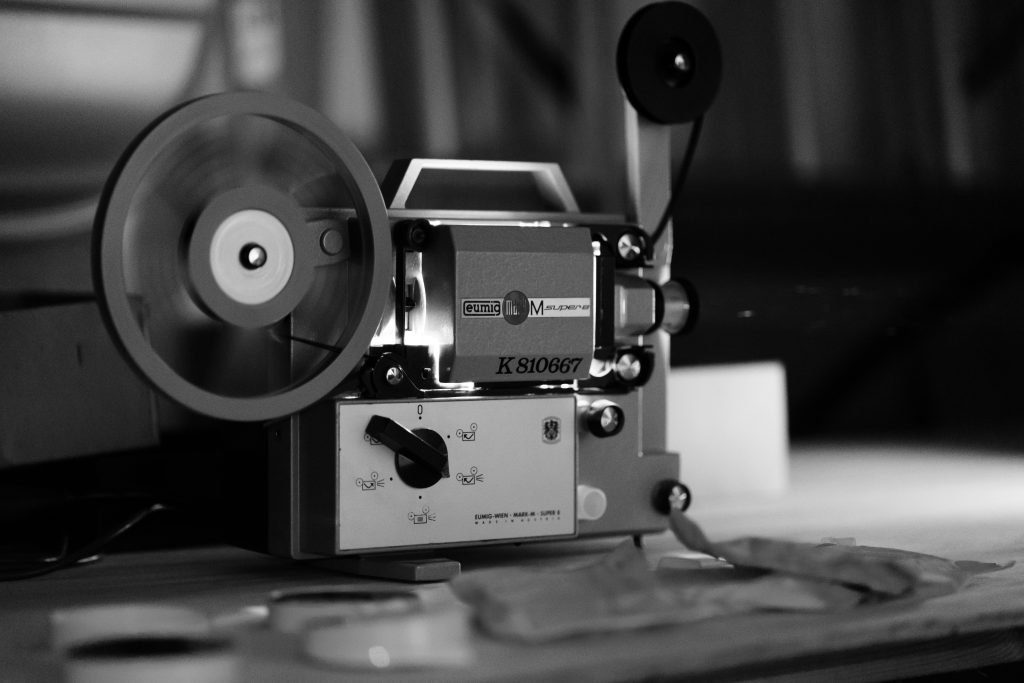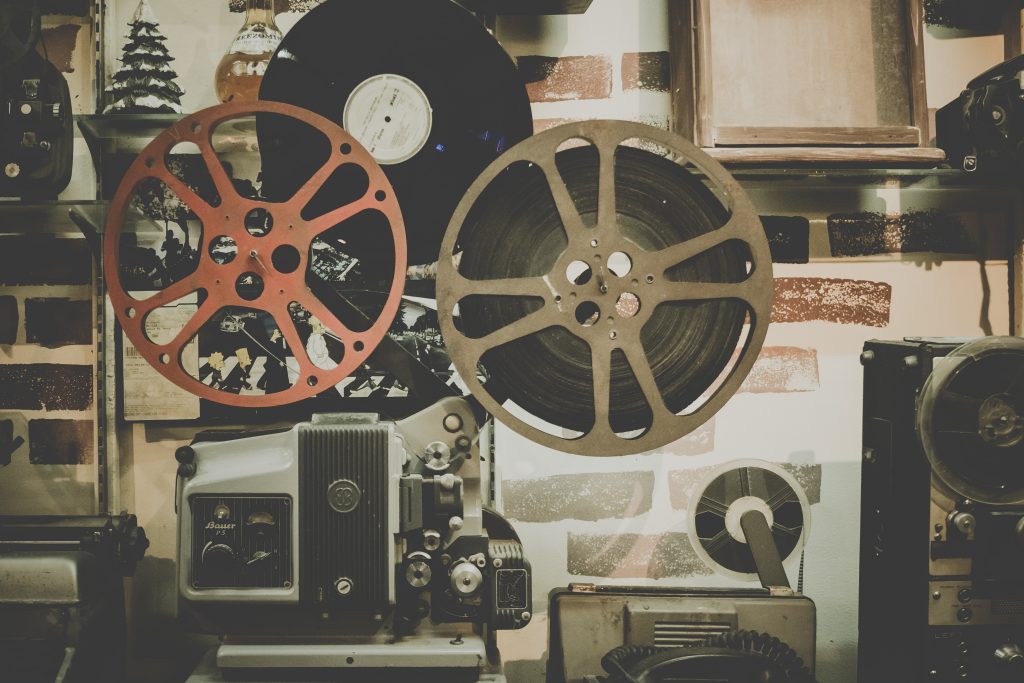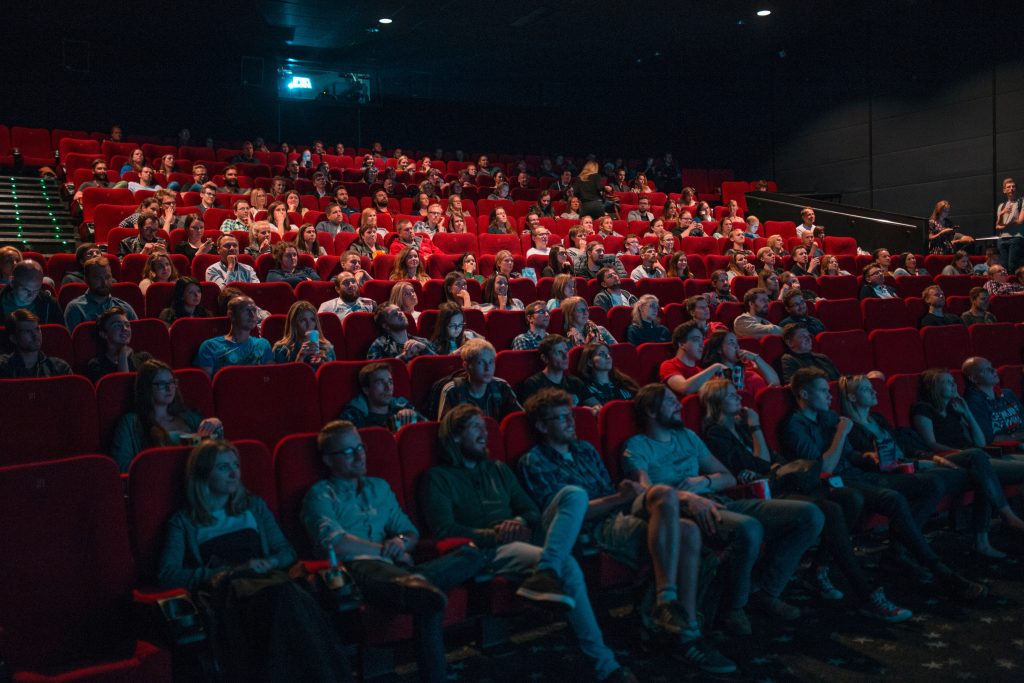Discover the beginnings and developments of cinema.

Cinematography creates the appearance of motion by quickly filming and projecting a large number of still images onto a screen. Cinema, which originated as a scientific endeavour in the 19th century, has evolved into a form of mass entertainment and communication and is now a multibillion-pound industry.
WHO CREATED MOVIES?
Cinema was not created by one individual. However, the Edison Company successfully unveiled a Kinetoscope prototype in 1891, allowing one person to watch moving images at once.
In 1893, a public demonstration of the kinetoscope took occurred. The Kinetoscope was a commercial success by 1894, and public parlours had been set up all across the world.
The Lumière brothers in Paris, France, were the first to show projected moving pictures to a paying audience in December 1895. They employed a creation of their own, the Cinématographe, which combined the functions of a camera, a projector, and a film printer.
WHAT DID EARLY MOVIES LOOK LIKE?

In the beginning, movies were frequently only a few minutes or less long. They were shown in music halls, fairgrounds, and other locations where a screen could be set up and a room could be made dark. Local sceneries and activities, views of other countries, quick comedies, and noteworthy events were among the topics covered.
There were lectures, music, and lots of audience interaction to go along with the movies. They were not “silent,” as is commonly said, despite the fact that they lacked synchronised dialogue.
FILM INDUSTRY’S GROWTH

Several national film industries had been established by 1914. The industries at this time were dominated by Europe, Russia, and Scandinavia; America was far less significant. As movies grew longer, storytelling, or narrative, took centre stage.
As more people paid to see movies, the business that developed around them was willing to invest more money in their creation, distribution, and exhibition, leading to the establishment of major studios and the construction of specialised theatres. The film business in Europe was significantly impacted by the First World War, while the American sector gained in relative importance.
The development and stabilisation of an industrial foundation, the construction of the narrative form, and the advancement of technology defined the first 30 years of cinema.
ADVANCED COLOR
Black-and-white films were first given colour through hand colouring, tinting, toning, and stencilling. With the British Kinemacolor process, which was introduced to the public for the first time in 1909, colour separation techniques were being employed by 1906 to create what are known as “natural colour” moving images.
IMPROVING SOUND
Phonographic cylinders or discs were employed in the earliest attempts to synchronise sound with projected images.

The Jazz Singer (USA, 1927), the first full-length motion picture with synchronised speech, made use of the Warner Brothers Vitaphone system, which paired a sound record disc with each reel of film.
This technology proved unreliable, therefore an optical, variable density audio that was photographed along the edge of the film and originally created for newsreels like Movietone quickly took its place.
THE GOLDEN AGE OF FILM
Nearly all feature-length films were shown with synchronised sound by the early 1930s, and some of them even had full colour by the mid-1930s. The introduction of sound solidified the American industry’s hegemonic position and ushered in the so-called “Golden Age of Hollywood.”

People frequently went to the movies twice a week throughout the 1930s and 1940s, making it the primary form of leisure activity. Ornate “mega” cinemas or “picture palaces,” several of which could accommodate over 3,000 people in a single auditorium, began to appear in towns and cities. These establishments often offered supplementary amenities like cafés and ballrooms.
The year 1946 had the most moviegoers in Britain, with over 31 million going to the movies each week.
WHAT WAYS DID CINEMA COMPETE WITH TV?
A variety of technical experiments were conducted in an effort to keep people interested in movies after television was introduced in America. The first Cinerama film was produced in 1952 utilising three projectors, a large, sharply curved screen, and multi-track surround sound. It was incredibly well-liked and had a 2.59:1 aspect ratio, which gave viewers a better sense of immersion. Cinerama, on the other hand, was technically challenging and hence costly to make and display. The development of CinemaScope in 1953 and Todd AO in 1955 led to the industry’s wide-scale adoption of widescreen movies. Both procedures presented using a single projector.
Images captured in CinemaScope on 35mm film were “squeezed”; when they were projected, the projector lens widened them laterally to make them fit the screen. Todd-AO made use of 70mm-wide film. Aspect ratios of either 2.35:1 or 1.66:1 had become the norm by the end of the 1950s, effectively altering the shape of the movie screen. The new widescreen experience also included stereo sound, which had been tested in the 1940s.
Additionally, specialised 70mm film large-screen systems were developed. The most popular of these has been IMAX, which will have more than 1,500 screens worldwide by the year 2020. IMAX theatres have screened films created specifically for their distinctive 2D or 3D forms for many years, but more recently, they have started showing well-known mainstream feature films that have been digitally remastered in the IMAX format, frequently with extra scenes or 3D effects.
HOW HAVE FILM ADMISSION RATES CHANGED?

Although cinemas had some success fending off television’s competition, they were never able to reclaim the position and power they had in the 1930s and 1940s, and during the following 30 years, crowds declined. In Britain, weekly movie attendance had dropped to one million by 1984. But by the end of the decade, that figure had tripled. In Milton Keynes, the first multiplex in the United Kingdom was constructed of 1985, which led to a surge in out-of-town multiplex theatres.
The majority of people watch movies today on television, whether it is via satellite, terrestrial, or subscription video on demand (SVOD) services. As it becomes more practical for contemporary audiences and lifestyles, streaming movie material on computers, tablets, and smartphones is getting more popular.
Even if it still seems like America’s film industry has the most influence, the truth is more nuanced. Many movies are made internationally, either because they are made in other nations or because they are financed by multinational corporations with interests in many media.
WHAT COMES UP?

The impact of fast evolving digital technology has significantly changed film production during the past 20 years. Nowadays, the majority of mainstream films are shot on digital media, and subsequent tasks like editing and special effects are completed on computers.
Cinemas have made investments in digital projection equipment that can provide screen visuals that are competitive with the clarity, detail, and brightness of old-fashioned film projection. Only a few more specialised theatres still use film projection technology.
Due to the accessibility of digital technology, there has been a resurgence in enthusiasm for 3D features during the last few years. Though the movement towards 3D production has seen higher investment and industry dedication than previously, it is still unclear whether this will be more than a passing fad (as prior attempts at 3D in the 1950s and 1980s had been).



